3D Dental Imaging: Trust, Precision, Transparency in Care
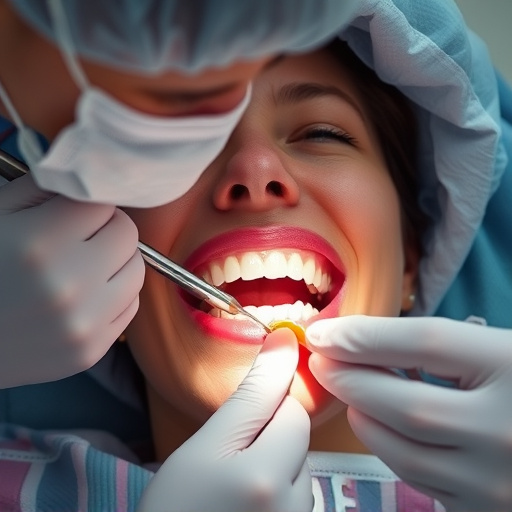
3D dental imaging transforms dental care with precise, detailed 3D views of the oral cavity, enablin…….
Welcome to an in-depth exploration of a groundbreaking technology transforming the dental industry – 3D dental imaging. This innovative field promises enhanced diagnostic capabilities, improved treatment planning, and better patient outcomes. In this comprehensive article, we will navigate the intricacies of 3D dental imaging, its global impact, technological advancements, regulatory landscape, and future potential. By delving into these aspects, readers will gain a thorough understanding of how this technology is reshaping oral healthcare practices worldwide.
Definition:
3D dental imaging refers to a state-of-the-art technology that facilitates the creation of detailed, three-dimensional representations of dental structures and the oral cavity. It utilizes advanced scanning techniques, often combining multiple imaging modalities, to produce highly accurate digital models. These 3D images offer dentists an unparalleled view of teeth, gums, jawbones, and surrounding tissues, enabling more precise treatment decisions.
Core Components:
Scanning Technologies: The foundation of 3D dental imaging lies in various scanning methods. Common techniques include:
Software and Image Processing: Advanced software plays a critical role in reconstructing raw scan data into meaningful 3D images. These tools allow dentists to manipulate, analyze, and visualize the digital models from various angles.
Interactive Models and Visualization: The final output is an interactive 3D model that can be rotated, zoomed, and examined in detail, providing a comprehensive view of the patient’s oral anatomy.
Historical Context:
The journey towards 3D dental imaging began with traditional X-ray radiography, which, while valuable, offered limited two-dimensional views. The concept of three-dimensional visualization gained traction in the late 20th century with advancements in medical imaging technology. CT scanning, introduced in the 1970s, was a significant milestone, providing doctors with detailed cross-sectional images of the body. This technological evolution laid the groundwork for the eventual development of high-resolution dental CT scanners and other advanced 3D imaging systems.
The global adoption of 3D dental imaging has been remarkable, with increasing awareness of its benefits driving its integration into dental practices worldwide. Key trends shaping this technology’s trajectory include:
Growing Prevalence in Developed Markets: Countries like the United States, Canada, and many European nations have witnessed widespread implementation of 3D dental imaging due to advanced healthcare infrastructure and early recognition of its advantages.
Emerging Market Opportunity: Developing countries are showing a rising interest in adopting this technology, driven by increasing access to modern healthcare and government initiatives to enhance oral health. For instance, India and Brazil have seen growing investments in dental care, including 3D imaging systems.
Teledentistry Integration: The rise of teledentistry, facilitated by remote communication technologies, has further boosted the demand for 3D dental imaging. This trend allows dentists to provide consultations and diagnose conditions remotely using detailed 3D models.
The economic implications of 3D dental imaging are multifaceted, affecting various segments of the healthcare system.
| Aspect | Description |
|---|---|
| Market Size | The global 3D dental imaging market was valued at USD 746 million in 2021 and is projected to grow at a CAGR of 8.5% from 2022 to 2030 (Grand View Research). |
| Key Drivers | Rising dental tourism, increasing prevalence of oral diseases, and growing demand for advanced diagnostic tools are primary market drivers. |
| Investment Patterns | Dental practices, hospitals, and research institutions are key investors in 3D imaging technology, with many adopting it as a standard component of their infrastructure. |
| Cost-Benefit Analysis | While the initial investment is high, long-term cost savings through improved diagnostics and reduced treatment time make 3D dental imaging economically viable. |
The field of 3D dental imaging has witnessed several groundbreaking technological advancements that have refined its capabilities and expanded its applications.
High-Resolution Imaging: Continuous improvements in sensor technology and software algorithms have led to significantly higher resolution images, enabling even fine details to be visible.
Multi-Modality Integration: Modern systems combine data from multiple imaging sources (CT, MRI, etc.) to create comprehensive 3D models, offering a holistic view of the oral cavity and surrounding structures.
Artificial Intelligence (AI) Applications: AI algorithms are being integrated into 3D dental software to automate certain tasks, such as identifying anomalies or suggesting treatment plans based on historical data. This enhances efficiency and reduces potential errors.
Virtual Reality (VR) Integration: VR technology allows dentists to walk through a patient’s 3D model, providing an immersive experience for diagnosis and treatment planning.
The regulatory environment surrounding 3D dental imaging varies across jurisdictions, but several key frameworks guide its use:
Medical Device Regulations: Most countries have strict regulations for medical devices, ensuring safety and efficacy. The Food and Drug Administration (FDA) in the US, for instance, approves dental imaging devices through rigorous testing and evaluation.
Privacy and Data Protection: With digital models containing sensitive patient data, laws like HIPAA (Health Insurance Portability and Accountability Act) in the US and GDPR (General Data Protection Regulation) in Europe play a crucial role in safeguarding patient information.
Standards and Guidelines: Organizations like the American Dental Association (ADA) and the European Association of Dental Industrial (EADI) establish guidelines for proper use, calibration, and maintenance of 3D dental imaging equipment.
Despite its numerous advantages, 3D dental imaging faces several challenges and criticisms that must be addressed to ensure its widespread adoption and acceptance.
High Initial Cost: The expensive nature of purchasing and implementing 3D imaging technology is a significant barrier for smaller dental practices. Financial incentives and leasing options are necessary to make it more accessible.
Radiation Exposure Concerns: While modern systems have reduced radiation exposure, there are still concerns about long-term effects. Regular monitoring and adherence to safety protocols are essential to mitigate risks.
Data Storage and Security: Managing vast amounts of digital data requires robust storage and security measures to protect patient privacy.
Limited Accessibility in Remote Areas: In regions with limited access to advanced healthcare facilities, the cost and logistics of implementing 3D imaging technology pose challenges.
Actionable Solutions:
Case Study 1: Complex Oral Surgery Planning
A patient, Mr. X, required complex oral surgery due to severe periodontal disease. The dental team used a dental CT scanner to acquire high-resolution 3D images, revealing extensive bone loss and damaged teeth. Using specialized software, they created a precise digital model, enabling them to plan the surgical procedure with confidence. The operation was successful, and post-operative healing was optimized thanks to the detailed pre-planning.
Case Study 2: Remote Consultation and Treatment
Dr. Y, based in a rural area, encountered a patient with a rare dental condition who required specialized treatment. Using a dental 3D imaging system, Dr. Y captured detailed scans of the patient’s mouth and sent the models to an expert dentist in a metropolitan city. The receiving dentist reviewed the models remotely and provided detailed feedback and recommendations. This consultation led to an accurate diagnosis and successful treatment plan for the patient.
The future of 3D dental imaging is filled with promising possibilities, driven by technological advancements and evolving healthcare needs. Key growth areas include:
Integration with Dental Software: Continued seamless integration with practice management software will streamline workflow efficiency and improve record-keeping.
AI and Machine Learning: Advanced AI algorithms will play a more prominent role in 3D dental imaging, enhancing diagnostic accuracy and treatment planning.
Mobile and Remote Solutions: Portable 3D imaging devices and cloud-based platforms will enable dentists to capture and share images remotely, expanding access to quality care.
Personalized Dentistry: 3D imaging data will be leveraged to create personalized treatment plans tailored to individual patient needs, improving outcomes.
In conclusion, 3D dental imaging has emerged as a transformative force in the field of oral healthcare, offering unprecedented levels of precision and insight. Its global impact is evident in improved diagnostic capabilities, enhanced treatment planning, and better patient outcomes. As technology continues to advance and regulatory frameworks adapt, 3D dental imaging will play an increasingly vital role in modern dentistry.
By addressing challenges through innovative solutions and harnessing the potential of emerging technologies, the dental community can ensure that 3D dental imaging reaches its full potential, benefiting patients worldwide.
Q: How accurate are 3D dental images compared to traditional X-rays?
A: 3D dental imaging provides significantly more detailed and accurate representations of the oral cavity. While traditional X-rays offer valuable information, 3D models capture intricate anatomical structures, enabling dentists to make more precise diagnoses.
Q: Are there any risks associated with radiation exposure from 3D dental scans?
A: Modern 3D dental imaging systems use advanced scanning techniques that minimize radiation exposure. Regular adherence to safety protocols and proper training can further reduce potential risks.
Q: Can 3D dental imaging replace traditional dental X-rays completely?
A: While 3D dental imaging offers numerous advantages, it may not always be necessary for every patient or procedure. Traditional X-rays remain valuable for specific diagnostic needs, and a combination of both may be the most effective approach in many cases.
Q: How does AI enhance 3D dental imaging?
A: Artificial Intelligence algorithms can analyze vast amounts of data from 3D models to identify anomalies, suggest treatment options, and improve overall diagnostic accuracy. This technology streamlines workflows and reduces potential errors.
Q: Are there any economic benefits for dental practices adopting 3D dental imaging?
A: Absolutely! While the initial investment is high, long-term cost savings through improved diagnostics and reduced treatment times make 3D dental imaging economically viable for dental practices.

3D dental imaging transforms dental care with precise, detailed 3D views of the oral cavity, enablin…….
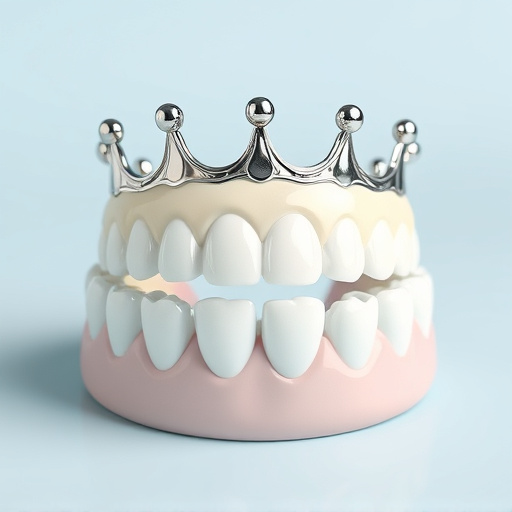
3D dental imaging revolutionizes dentistry with precise, detailed visualizations of oral structures,…….
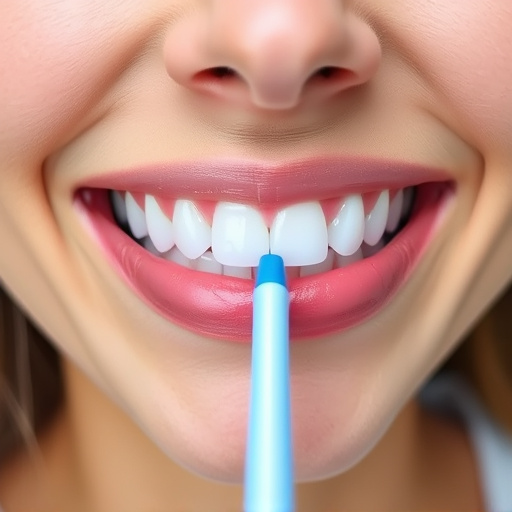
3D dental imaging transforms dentistry with detailed, 3D views of oral structures, enabling accurate…….
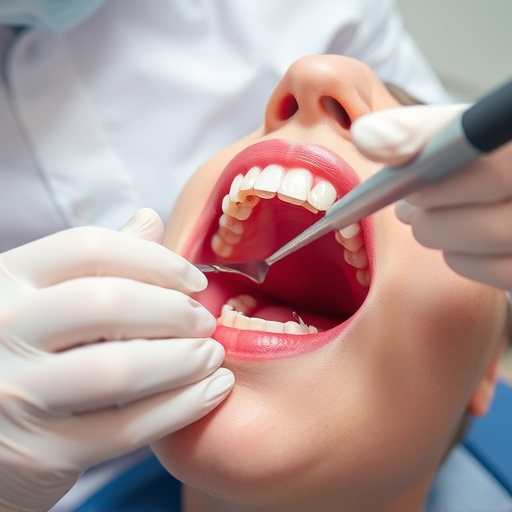
3D dental imaging offers detailed oral cavity models, enhancing diagnostic accuracy and treatment pl…….

3D dental imaging revolutionizes oral care by providing detailed, three-dimensional views of teeth a…….
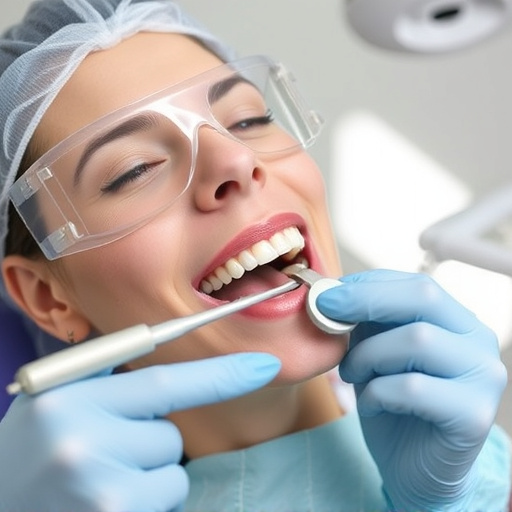
3D dental imaging revolutionizes dentistry with detailed, three-dimensional views of the mouth, surp…….
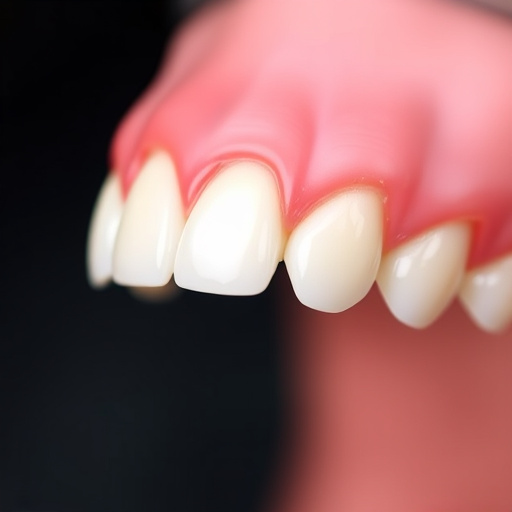
3D dental imaging revolutionizes oral healthcare with detailed, three-dimensional views of teeth and…….
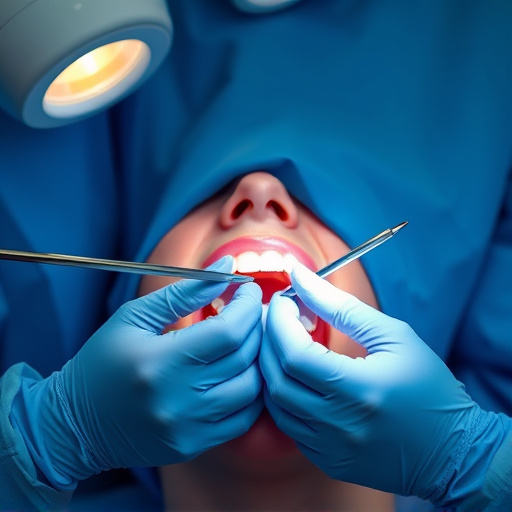
3D dental imaging offers detailed oral views, surpassing X-rays for accurate diagnoses and personali…….
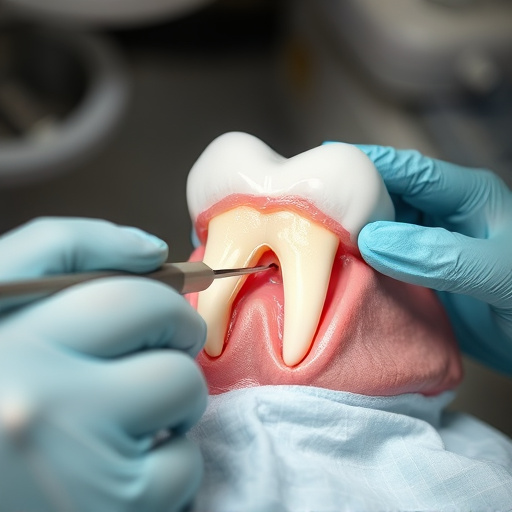
3D dental imaging revolutionizes oral healthcare with detailed 3D models, surpassing traditional X-r…….
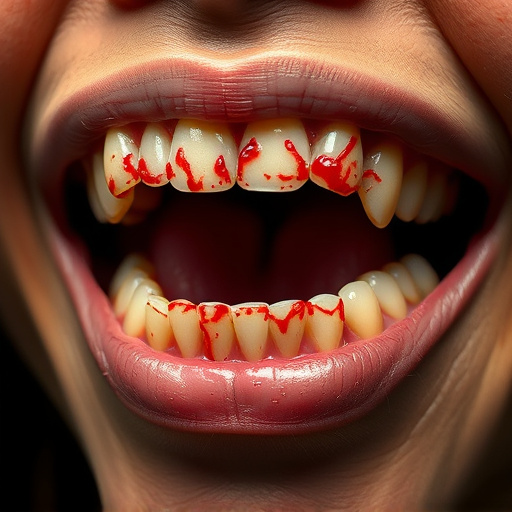
3D dental imaging revolutionizes TMJ and sinus evaluations by providing detailed 3D views of jaw and…….